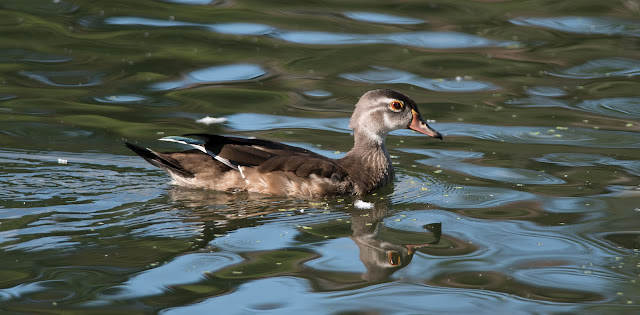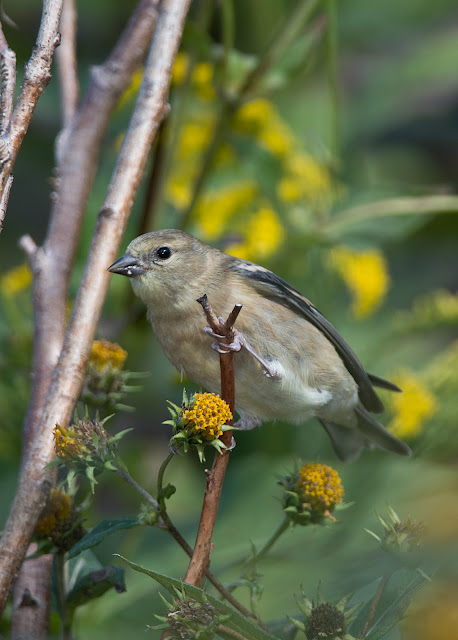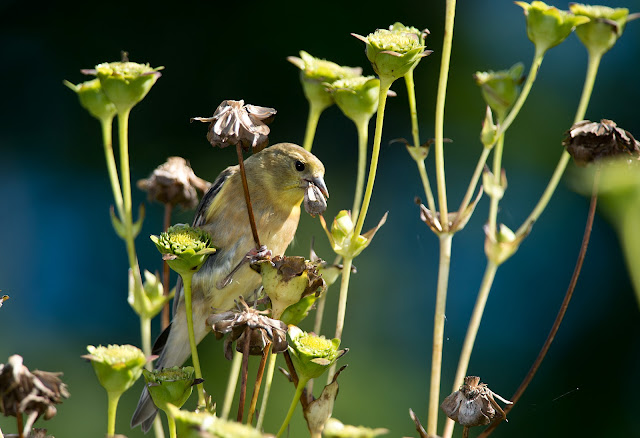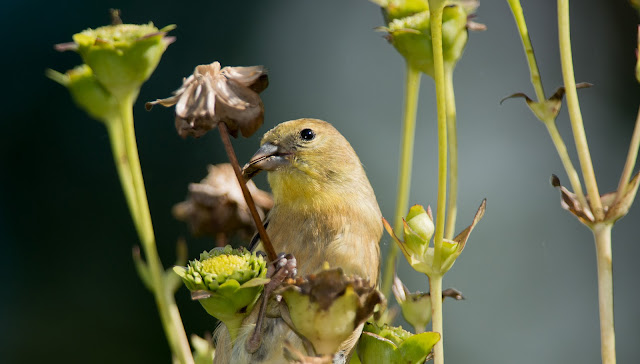 |
| Red-necked Grebe illustration by Caroline. |
Today I checked up on the grebes again. They were far out in the harbour with their young, barely close enough to identify with the naked eye. I knew something was up because their nest is right by the shore (still with two eggs inside), and the Red-necked Grebes never stray far from there.
Looking around I spotted a family of minks, wading in the shallows, trying to swim to the eggs inside the nest! I immediately realized that these carnivorous animals are predators to the nestlings, still incapable of flight, and the rest of the eggs.
The remaining eggs in the nest, however, are long dead. The parents have stopped incubating them since a few days after the first chicks hatched. I believe that the task of raising the young they already have is difficult and time consuming, therefore they would not have the time to keep sitting on the nest, keeping a watchful eye out on nest robbers,
and nurturing their babies.
Another predator (or rather simply a bother) I observed was the Ring-billed Gull. A few days ago, one actually tried to steal the fish one grebe had in its bill, the grebe meaning to feed it to a nestling! Noticing the gull flying above it, the Red-necked Grebe just dove underneath the surface of the water without panicking.
So you see, these birds have many predators to watch out for, and that their awareness really is the key to their survival.





























